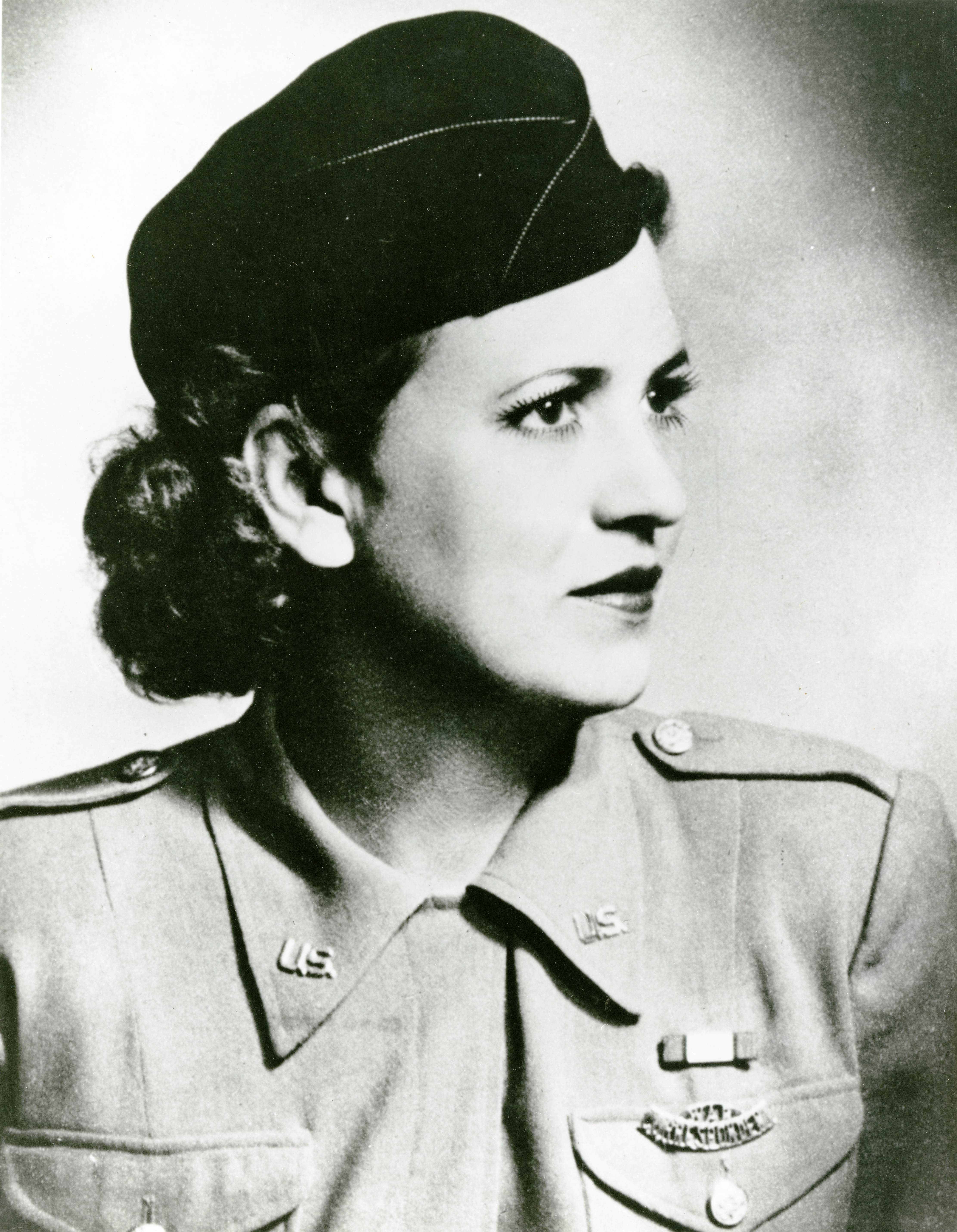USAF Women in Space
Nearly 17 years after the first American was launched into space, NASA accepted its first female astronaut trainees. In January 1978, NASA selected the first six women to train for the Space Shuttle mission. This class also introduced the position of the mission specialist. Mission specialists were responsible for coordinating on board operations involving crew activity planning, use and monitoring of the shuttle's consumables, and conducting experiment and payload activities. They did not need to be career pilots. On June 18, 1983, Sally Ride became the first American female astronaut to go into space, serving as a mission specialist for STS-7.
First American Military Woman in Space
In 1993, Major (later Lieutenant General) Susan Helms became the first US military woman in space. Prior to NASA selecting Helms for its astronaut program she served with the US Air Force as a weapons separation engineer, assistant professor of aeronautics, and flight test engineer. While serving as a mission specialist astronaut, Helms logged 5,064 hours in space during five Shuttle flights.
During Helms’s first four spaceflights, she helped launch a Tracking and Data Relay Satellite in 1993, conducted experiments on the effects of jet exhausts on other space structures in 1994, performed biological and materials science experiments in 1996, and made repairs to extend the life of the Functional Cargo Block on the International Space Station (ISS) in 2000.
On her last and longest flight from March to August 2001, she became the first woman to work aboard the ISS. During this time, Helms and astronaut James Voss achieved a world record for the longest spacewalk of 8 hours and 56 minutes when they installed laboratory module hardware and relocated equipment.
First Female Space Shuttle Pilot
Upon her graduation from Air Force Test Pilot School in 1990, Major (later Colonel) Eileen Collins was selected by NASA to train as a Space Shuttle pilot. After setting several milestones during her Air Force career, Collins went on to serve as the first woman to pilot and to command a Space Shuttle.
Initially, Collins supported the Space Shuttle program in orbiter engineering, in Mission Control, and as the Astronaut Office Spacecraft Systems Branch Chief. On February 3, 1995, she took the first of four trips into space. During STS-63, Collins became the first woman to pilot a Space Shuttle when she flew Discovery to a rendezvous with the Russian space station Mir. During Collins’s second spaceflight she again served as pilot when Atlantis docked with Mir to transfer supplies and equipment.
On July 23, 1999, Collins again reached a milestone for women when she served as mission commander aboard Columbia during STS-93. She was responsible for overall mission success, crew safety, and controlling and operating the shuttle. In July 2005, Collins returned to space as mission commander for NASA’s STS-114 “Return to Flight” mission after the loss of Columbia. During this flight, she guided the Space Shuttle through a first-ever 360 degree nose-over-tail maneuver. This allowed the ISS crew to photograph potential damage on the shuttle’s underside.
Tanker Pilot Becomes Mission Commander
Prior to Colonel Pamela Melroy’s astronaut career, she piloted KC-10 Extenders for six years in the US Air Force. She flew refueling missions in Operations JUST CAUSE and DESERT STORM/DESERT SHIELD, logging over 200 combat and combat support hours. In 1991, Melroy graduated from the Air Force Test Pilot School. As a test pilot, she flew more than 50 different aircraft and logged more than 6,000 flight hours before NASA selected her for astronaut training in December 1994.
After a year of training and evaluation, Melroy qualified as a shuttle pilot. Initially assigned to astronaut support duties for launch and landing, she also worked a variety of other positions in the Astronaut Office and Mission Control before going into space.
In 2000 and 2002, Melroy served as Space Shuttle pilot during International Space Station (ISS) assembly missions. On October 23, 2007, Melroy returned to space as the second woman to command a shuttle. During this mission Melroy and Peggy Whitson made history when both women served as commanders in orbit at the same time. During this flight, Melroy’s crew visited the ISS where Whitson served as the first female ISS commander. Melroy retired from the Air Force the same year, but remained with NASA until 2009, spending over 924 total hours in space.
 Follow the Story of Jacqueline Cochran
Follow the Story of Jacqueline Cochran
Going Further
In 1960, Jacqueline Cochran turned her attention to the space race. The Lovelace Women in Space Program, later referred to as Mercury 13, was a privately-funded project testing women pilots for astronaut fitness from 1959 to 1961. With Cochran’s support as a program advisor and main financier for the women’s testing expenses, Cochran and Dr. William Lovelace II, a space medicine expert and flight surgeon, worked to prove women were physically and emotionally fit for space exploration.
The Lovelace testing program stemmed from an Air Force project interested in testing women’s suitability for spaceflight. After the Air Force stopped the testing, Lovelace performed the grueling tests, similar to the tests used during the NASA astronaut selection process.
Thirteen women passed, however, additional examinations ended when the program lost access to testing facilities due to the program’s unofficial status. While the experiments proved women were physically capable to travel into space, NASA required all astronaut applicants be graduates of military jet test piloting programs and possess an engineering degree; conditions no woman could meet at that time. NASA never accepted any of the women from the Lovelace testing program in spite of public hearings before a special subcommittee of the House Committee on Science and Astronautics.